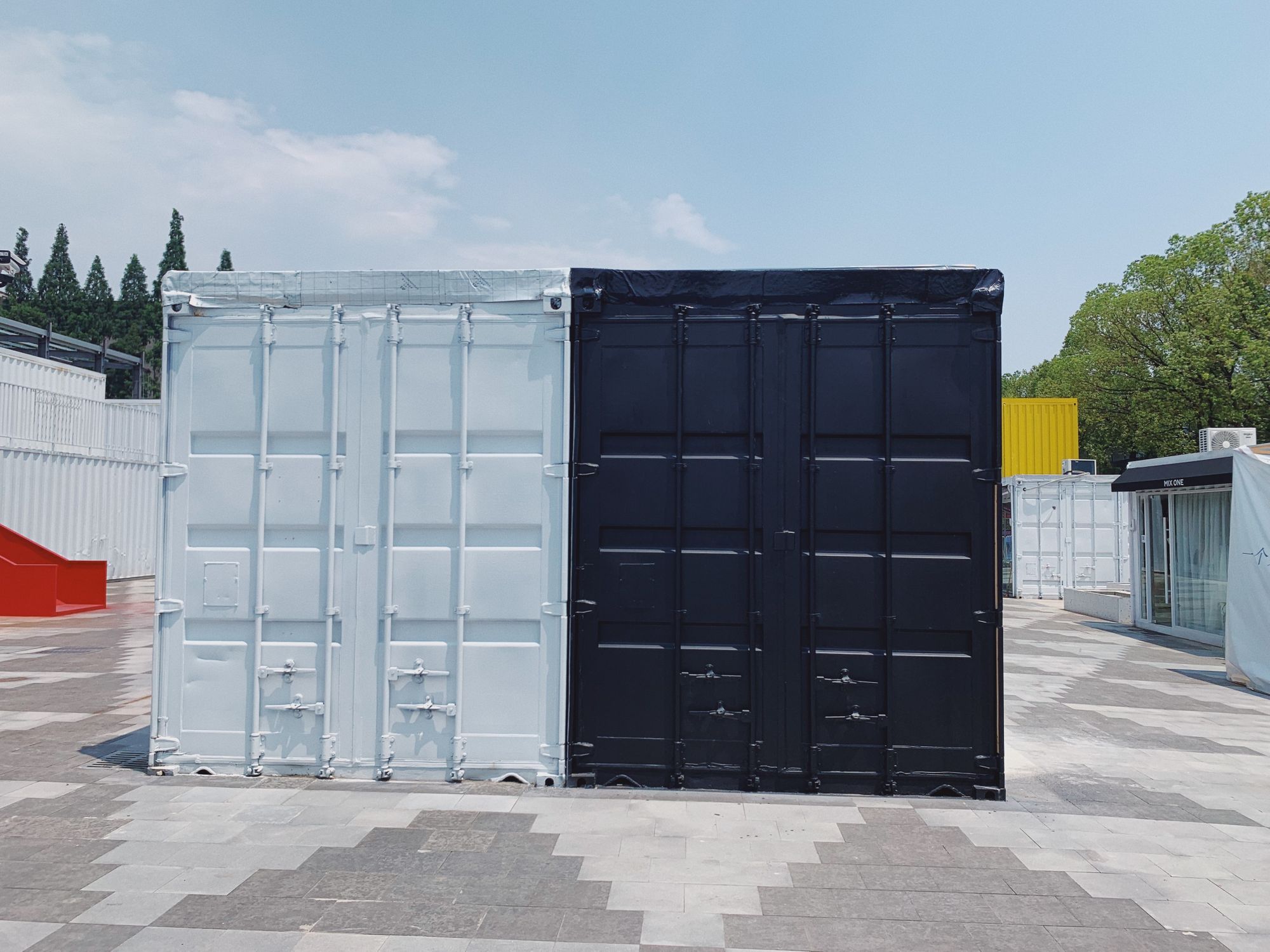Unit 2 - Readings & Viewings
International Economics, Development Policy Philosophy & Disruptions: Multilateral & FTA Trading Whys & Wherefores (Meanwhile, What is IPEF?)

Please read as broader background the longer treatments of trade law economic theory, politics and FTAs/IPEF beyond economic theory, and differing approaches to development in order to understand the instrumentalist lens through which much of the rest of the world views the international trading system. The current issue is that much of the economic rationales for trade and trade agreements that drove the US narrative from the 1990s to the early 2010s are still advanced by some, but the new focus of US trade law is more expressly political, and some loss of economic efficiency may be involved in a certain degree of de-globalization accompanying the new emphasis. Meanwhile, the US remains an important player in trade law matters, but, as witnessed by the TPP-11 outcome, the non-US parties went ahead with their agreement after President Trump withdrew from TPP. Meanwhile, certain negotiated trade benefits like TPP beef trade import allocations for Japan have in the interim been traded off to other states like Australia, so simply joining later does not necessarily yield the same deal. Other parties do not necessarily perceive the same national security concerns as the US, so we shall see longer term to what extent other states follow the new US lead, so please read:
William Krist, Globalization and America’s Trade Agreements. Baltimore, Johns Hopkins University Press, 2013 (note that it was published before the 2016 presidential election, and so represents mostly traditional, mainstream views): Chapter 3 - “Trade Agreements and Economic Theory,” and Chapter 5 - “Foreign Policy: The Other Driver.”
David K. Linnan, “A Common View of Development: Richer Versus Better, and Who Decides” (in Waleed El-Ansary & David K. Linnan, eds, Muslim and Christian Understanding: Theory and Application of “A Common Word”. New York, Palgrave MacMillan, 2010, pp 235-57).
Then for more theoretical detail read/watch:
On the economic theories/models behind international trade, read at least two of the four entries:
Smith & Ricardo, Classical Theory and Ricardo’s Formulation, Comparative Advantage, Wikipedia.
Hecksher-Ohlin-Samuelson Model, Intl Encyclopedia 2008 (specifying what comparative advantage consists of).
Krugman, New Trade Theory, 10/15/08.
Riley, Economics: Export-led growth, tutor2u.
On the economic arguments concerning trade and protectionism generally in the multilateral context, read at least two of the four entries:
Milton Friedman & Rose Friedman, The Case for Free Trade (Hoover Institution, 10/30/97, succinct from conservative icon).
Milton Friedman, On Free Trade, 1978 Lecture Kansas State University:
Boudreaux & Ghei, The Benefits of Free Trade: Addressing Key Myths (Mercatus Center Policy Brief, George Mason University, January 2017, from younger conservative economists)
Krugman, The Narrow and Broad Arguments for Free Trade (American Economics Review, May 1993, from liberal economic hero).
On the moral and philosophical side of the arguments, read at least two of the three entries:
Griswold, Seven Moral Arguments for Free Trade, Cato Institute, 2002 (CATO incorporates the libertarian outlook).
Lepenies, Economists as Political Philosophers: A Critique of Normative Trade Theory, European University Institute Paper 2014/11.
On the issue of pursuing trade via FTAs versus the WTO (multilateral) system, read at least one of the two entries:
Congressional Budget Office, The Pros and Cons of Pursuing Free-Trade Agreements, Issues Brief July 2003.
Congressional Budget Office, How Preferential Trade Agreements Affect the US Economy, September 2016.
On the issue of what may be involved in the IPEF negotiations, and how other countries may opt out of certain of its four "pillars" (namely labor, resilient supply chains, the clean economy and the fair economy), read both entries:
Bown & Weisel discussion, What is the Indo-Pacific Economic Framework and will it work? (excerpt from PIIE Trade Talk podcast 12/2/22)
What is Indo-Pacific Economic Framework (IPEF) and Why India Has Opted Out Of Its Trade Pillar (Outlook India 10/09/22)
On the issue of what now is the theoretical economic understanding of economic development, FTAs and regionalism, particularly in Asia, read both entries:
Hamanaka, Transpacific Partnership versus Comprehensive Economic Partnership: Control of Membership and Agenda Setting (ADB Working Paper Series on Regional Economic Integration No. 146, December 2014)(the ADB is traditionally considered a Japanese organization among Asian development practitioners, so this might be considered informally a statement of Japan's views)
Pangestu, Visions of East Asia: Three Engines for a Way Forward, in Gill, Huang & Kharas, eds, East Asian Visions: Perspectives on Economic Development (World Bank and Institute of Policy Studies Singapore 2007), at 231-43.
Optionally for redhots, we are experiencing a variety of on-going “disruptions” affecting international trade and the economy in one form or another, in which the Covid Pandemic, technology developments and US-China developments overlap:
For a quick scan of that particular horizon, you might watch one or more of a series of four streaming videos from a well-known think tank (Center for Strategic and International Studies or CSIS) on the general subject of “Economy Disrupted” from: Larry Summers as former US Treasury Secretary on the New International Economy, Charlene Barshefsky as former US Trade Representative on US-China Economic Relations, Gita Gopinath as Chief IMF Economist on How COVID-19 Changed the Global Economy, and Eric Schmidt, former Google CEO, on Technology, Data, and Innovation Policy.
Similarly, there is a proliferation of commentaries on China in terms of geopolitics, with a tie into trade policy and economics, with a representative one criticizing the Trump Administration’s tariff policy and other measures being Philip Gordon, “What should come after Trump’s failed China Policy?”, July 6, 2020.